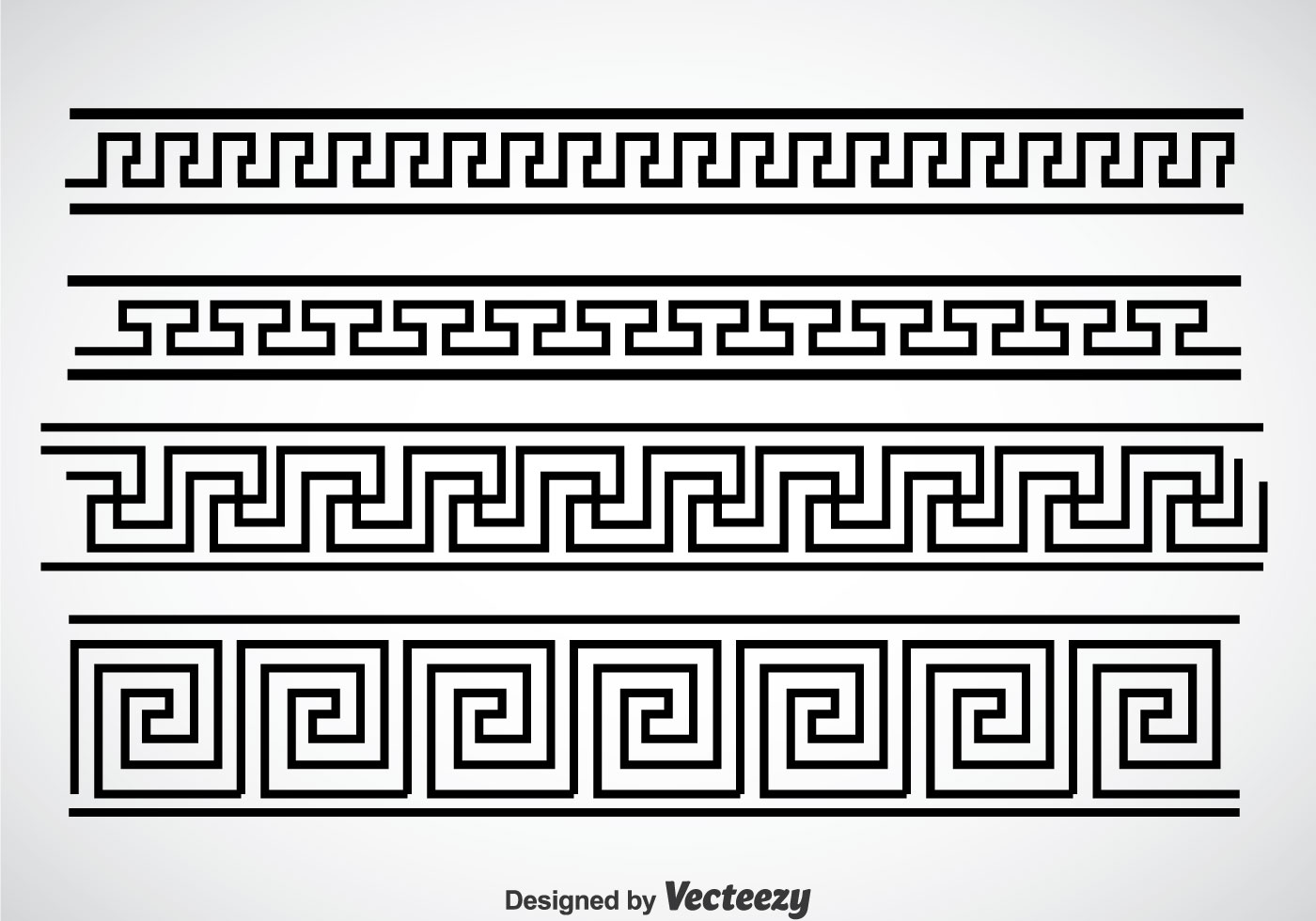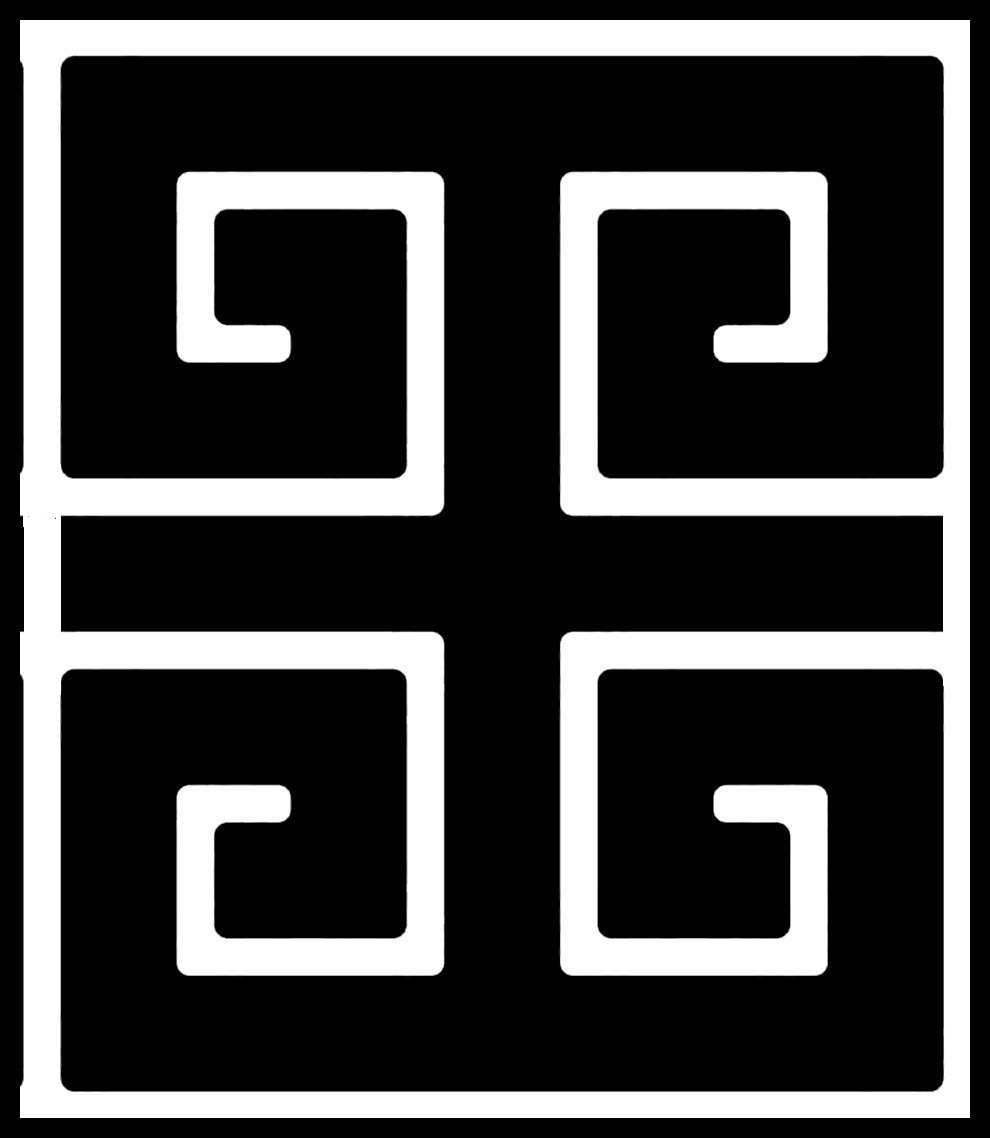
The unbroken, interlocking pattern made it a symbol of both unity and infinity. What I define as the complex Greek Meander consists of two parallel strips of meandering fillets crossing one another at continuous intervals. The designation is my own since I can find no specific definition for this distinctive form of Greek fret. This illustrated essay is intended to show the early origins of the complex Greek meander and to offer examples of its use as an embellishment for more than two millennia.
Greek Key (Meander Symbol): What Does It Mean?
Orange and black adds a bold and dramatic touch, creating a striking contrast that captivates the viewer. The Greek color palettes highlight the artistic mastery and timeless beauty of this ancient civilization. That design was also a beautiful classical motif before the Nazis took it over to be a symbol of everything that’s atrociously evil in a world gone mad. It’s really a shame, but of course, what they did is a trillion times worse.
Crossing Time and Space with the Meander
In this section, we will explore the modern applications of the greek key symbol, delving into its use in architecture, fashion and design, and as a decorative element. It derives its name from the twisting and turning path of the meander river in turkey. The motif has been used in many cultures and is prevalent in greek pottery and architecture, where it symbolizes infinity and unity. The greek key symbol, also known as meander or meandros, has its origins in ancient greece.
Understanding The Contemporary Meaning Of The Greek Key Symbol
Whether you want to create a subtle accent wall or make a bold statement, this pattern can add a unique touch to your space. By applying it to your walls, you can easily transform the atmosphere and bring a sense of style to your room. Greek historian of religion Michael Kalopoulos discovered that the meandros symbolized a distinct handgrip used in the ancient Greek wrestling style known as pankration.
Design pool patterns
The meander symbol has been used in jewelry and fashion for centuries. During the late Georgian period, it was commonly incorporated into jewelry designs. The pattern was often used as a border design around cameos, rings, and bracelets.
Whether it’s a sleek timepiece or a statement necklace, the Greek Key brings a sense of luxury and timeless beauty to any accessory it adorns. Although typically linked to classical Greek art and architecture, these patterns had a significant impact on modern textiles. From the magnificent temples of ancient Greece to the sleek and contemporary interiors of modern design, the Greek Key pattern has made a lasting impact on the world of art and decor. To establish a Greek-American Archive and Resource Center that will showcase and preserve the artistic, academic, professional and athletic achievements of the local Greek community.

This pattern keeps popping up in design, and it’s even older than it sounds
It was created in the bronze age and is believed to be one of the oldest patterns in existence. Lines stop and start, change scale or intersect in surprising places. Sometimes the shapes are juxtaposed with solid areas or more organic motifs. In this section of the blog post, we will explore the history and evolution of the greek key symbol and the cultural significance it had in ancient greece. In ancient greece, the greek key symbol was believed to ward off evil spirits and protect against harm. It was used in architecture, pottery, and sculpture to ward off evil.
And The Winning Living Room Paint Color Is…
When using the Greek Key in your modern design, it’s important to keep a few things in mind. A large pattern can be overwhelming, while a small pattern may not have enough impact. A bold pattern in a bright color may be too much, while a subtle pattern in a neutral color may not have enough impact. The Greek Key has become a popular choice for adding visual interest and sophistication to modern design.
Michigan State unveils its new football uniforms - Detroit News
Michigan State unveils its new football uniforms.
Posted: Thu, 23 Apr 2015 07:00:00 GMT [source]
To compile historical photos and documents and develop educational materials to stimulate and maintain an interest in Greek culture, literature and heritage. To provide workshops and training programs focusing on the accomplishments of the Greek community and extend this knowledge tomembers of the community. To work with other cultural and educational organizations for thepromotion of cross-cultural studies. Perched atop a hill in the Los Feliz neighborhood, it is among the best residential examples of Mayan Revival architecture in the country.
The fluidity of the design, although geometric in nature, makes it easily adaptable. Variations on the design, such as curved lines or pastel colors, can give the Greek Key design a more subtle appeal. Kristin Crane has designed jacquard designs for the home furnishing and residential jobber market for many years, with mills in the US and in China. Today, she writes about pattern and design trends for Design Pool from her home in Providence, Rhode Island.
The design is made up of a long, continuous line that repeatedly folds back on itself, mimicking the ancient Maeander River of Asia Minor with its many twists and turns. Homer mentions the river in “The Iliad,” and it is believed that the meander motif symbolizes infinity or the eternal flow of things. It seems that those cultures, independent of one another, created their own version of the motif.
Meanders appear across cultures and times both in perfect formation and in references to meander-like patterns. One and then another Central American culture (Zapotecs, Aztecs, and more) use the stepped fret patterns in endless variety, scale, and medium. They create jagged jigsaws, delicately tendrilled frets, wide geometric blocks of it. The Greek key pattern is the decorative, border-lying design seen on countless earthenware Greek pots as old as 300 BCE. For thousands of years, it adorned everything in Greek life—architecture, floor tiles, paintings.
It represents change or difference in various scientific disciplines, including math, physics, chemistry, and engineering. Whether it’s equations, physical quantities, or other scientific concepts, the greek symbol delta explained signifies a transition or variation in values, making it an essential element in scientific notation and calculations. Its significance lies in its simple geometric design, which represents unity, infinity, and interconnectedness. Deciphering its symbolism can be quite complex, but with proper analysis, one can begin to understand the many interpretations of the greek key symbol.
Today, six of the enormous Corinthian columns, together with their entablature, remain in situ. At the base of its podium is a fallen section of the cornice with its fascia decorated with the complex Greek meander as well as one of the temple’s famous lion’s head gargoyles. The complex Greek meander received elevated status through incorporation in the band separating the upper figural panels from the lower panels of stylized acanthus ornaments on Rome’s Altar of Augustan Peace.
Attached to the landmark structure, at the corner of W 39th Street, is an anonymous earlier Beaux-Arts commercial building, now part of the Lord & Taylor establishment. A very early depiction of the complex Greek meander is found not in a work of architecture but in a recently discovered object. A close look at the border shows a complex Greek meander worked into the pattern with ivory inlay. While the shield is an exceptional artifact, we should note that the meander was commonly used as a decorative band on Greek pottery, although the complex version is found infrequently on these ceramics.
Greek-key motif unlocks world of possibilities in furniture design - The Herald-Times
Greek-key motif unlocks world of possibilities in furniture design.
Posted: Sat, 18 Feb 2012 08:00:00 GMT [source]
Known more commonly as the Ara Pacis, the altar was consecrated in 9 B.C. To celebrate the abundance and peace brought to the Roman world by the emperor Augustus. Executed in pure white luna marble, the altar reveals the artistry of Roman sculpture at its most exquisite. It was wrecked and ultimately vanished from sight following the barbarian invasions of Rome. Fragments were discovered in 1568 and many of the panels were unearthed in late 19th Century archaeological investigations. The pieces were assembled into an anastylosis recreation of the altar in 1938, marking the 2000th anniversary of the birth Augustus.











